
AI, CitizenMe and You – Part 6: Can it reason?
AI, CitizenMe and You – Part 6: Can it reason? https://www.citizenme.com/wp-content/uploads/2019/01/TheThinker-3D-Printed.jpg 3000 2000 StJohn Deakins StJohn Deakins https://secure.gravatar.com/avatar/67e7ca4885d1b922783ca3a83741a282?s=96&d=mm&r=gAI, CitizenMe and You – Part 6: Can it Reason?
This is the big one. Machine Learning makes decisions based on patterns that it finds in large amounts of data. It does this by finding connections, links and correlations between different data points. Much of the theory isn’t new. For example what are known as ‘Bayesian’ or ‘Gaussian’ methodologies are named after Mr Bayes and Mr. Gauss respectively, and they came up with these theories 300 years ago. What’s new is the arrival of computing power and its rapid acceleration in the past couple of decades. Together, they are enabling machines to ‘learn’ and think.

Computer generated 3D Prints of The Thinker by Rodin
Machine learning looks at huge numbers of data points to identify patterns. It can be used to identify clusters of people or things that have similarities as well, as make predictions about the world and the people (that’s all of us) living in it. Put simply, they are made up of maths equations that, when used together, create prediction machines. Predictions are powerful. They help us to understand what’s happening now, what will happen next, and what the consequences of our actions may be in the far future. Predictions provide us all with new information, knowledge, and maybe even a new collective wisdom.

CitizenMe and Machine Learning
CitizenMe uses machine learning in a broad variety of ways. This includes: personality analysis and predictions based on personal data such as Facebook page likes (through partnership with the University of Cambridge), the dynamic market pricing of personal data (through partnership with MIT) and special algorithms to ensure Citizen privacy is protected, known as ‘differential privacy’ (in partnership with the University of Sheffield).
Digital Citizens use the CitizenMe platform to find out what makes them happier during the working week, help reduce anxiety in certain situations, or how they can reduce the chances of a disease such as diabetes or heart disease. Using similar AI technology, a company or research organisation can gather information from hundreds of thousands of (anonymised) CitizenMe data exchanges with individual digital citizens, and quickly reveal changes in their future wants, needs and desires. Any organisation can reveal this knowledge for small niche communities of citizens as well as connect the dots between thousands of these small groups. This is the holy grail of serving people: perfecting a product or service to delight us all as unique individuals, while simultaneously identifying macro level trends, fashions and themes that apply across a connected global digital citizenry.
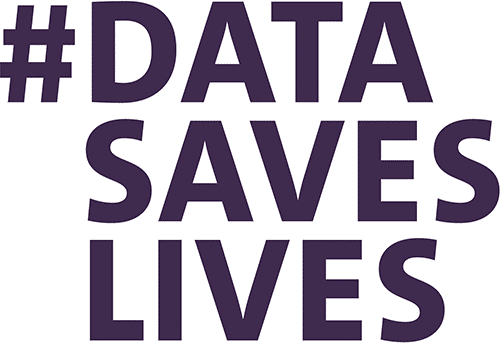
Supervised Learning
Machines can create new knowledge and ‘learn’ in one of two ways. The first is supervised learning, where the computer is taught using lots of examples, or training data. CitizenMe is fantastic for providing training data as it’s verified, varied, well structured and ethically sourced. And, of course, the most valuable of all training data is data about all of us, humans.
An example of supervised learning is training algorithms to learn what a dog looks like by providing it with thousands of images of dog which are labeled as a dogs. The algorithm is then tested to see if it can correctly identify which images contain dogs. Even with rigorous training, computer intelligence can still find it very hard to differentiate between a dog and a chocolate blueberry muffin. AI still has a long way to go, but it is moving quickly.

Unsupervised Learning
Machines can also learn without being supervised or taught what to look for, known as unsupervised learning. This is where the AI is not being ‘trained’ but is asked to work out its own rules. For example, the Google translate engine has been upgraded recently and was able to come up with an entirely new language that it deemed to be the best possible language to translate all other languages into and out of. This is important as some of our most important discoveries have been found when we weren’t sure exactly what we were looking for. For example penicillin (and antibiotics) was discovered by happy accident. Unsupervised learning is good at revealing these serendipitous connections, by design.
Unsupervised learning is useful to CitizenMe in exploring hidden relationships between things, for example, the clustering of different cultural values across the international CitizenMe Citizenry. This provides us all with better knowledge about ourselves and provides CitizenMe clients with a deeper understanding of all of our wants, needs and beliefs.
If an AI is teaching itself through trial and error (unsupervised) and is provided with a positive or negative rewards, this is known as reinforcement learning. For example a virtual mouse in a maze may be rewarded with cheese (positive reward points) or a mouse trap (negative reward points). As the positive feedback look accelerates, knowledge gained is quickly reinforced. Reinforcement learning is widely used to train AI to play games such as Go AlphaGoZero or a voice enabled agent like Alexa or Siri which can learn and improve over time.
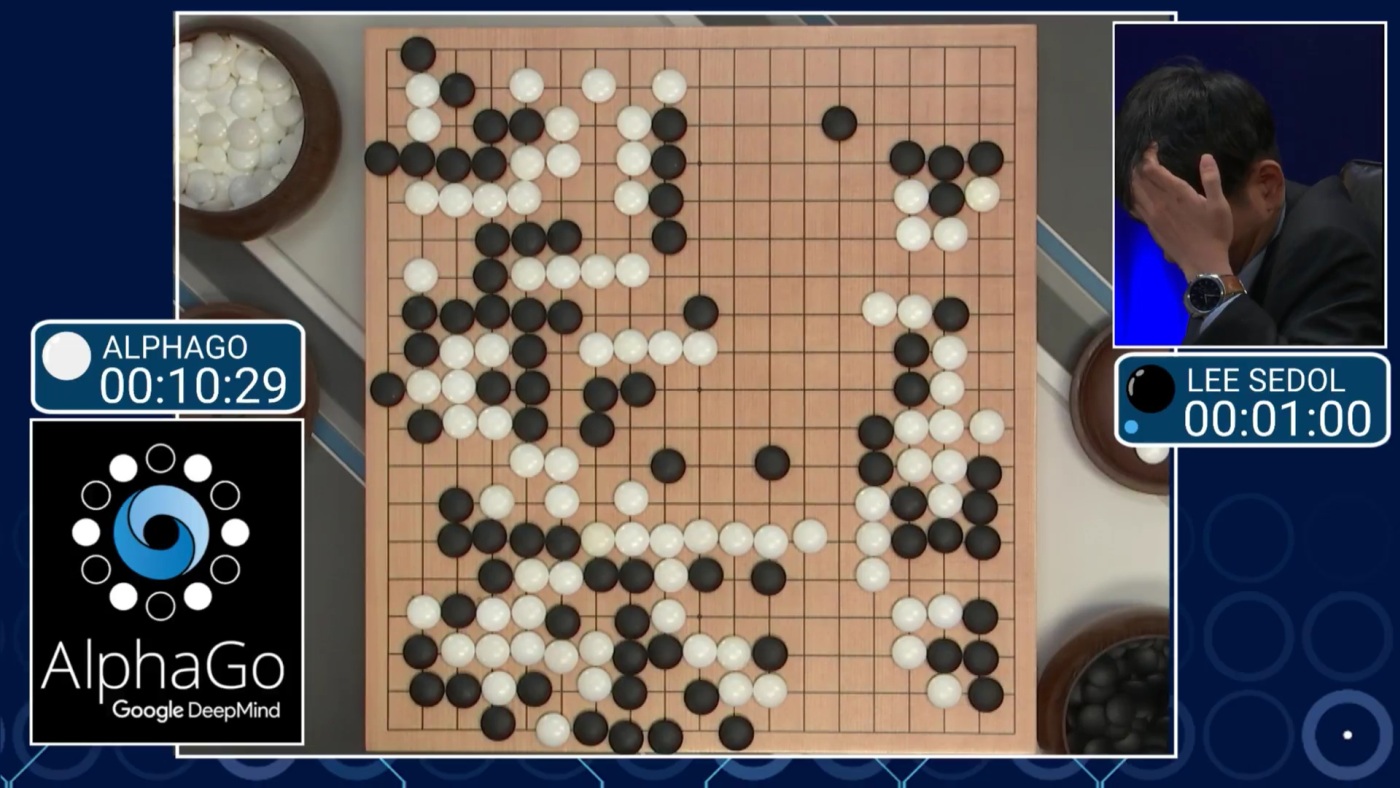
Deep Learning
The most sophisticated machine learning uses a combination of many different algorithms in a ‘neural net’, inspired by the design of animal brains. This is known as Deep Learning. Headline grabbing breakthroughs like Google AlphaGo (which beat the worlds best human player of Go, the worlds toughest board game) uses combinations of various deep-learning techniques.
However, as sophisticated as they may be, these cutting edge AI are still very narrow in their application and if these ’brains’ are trained on a new task they quickly forget what they previously learnt.
Federated Learning
Beyond this, there’s a very serious question about where these ‘brains’ should ‘live’. If they sit on someone else’s server, can they ever truly be ‘ours’? If we lose our wifi connection, would we lose our second ‘brain’? If our data is processed to by other companies to help them make predictions about us, can we ever truly own the value of our own data? Worse still, as the data becomes ever more intimately personal, sending it off our own devices to somewhere in the cloud becomes an ever bigger risk for fraud and identity theft. Where should your personal data live in a world of deep fakes.
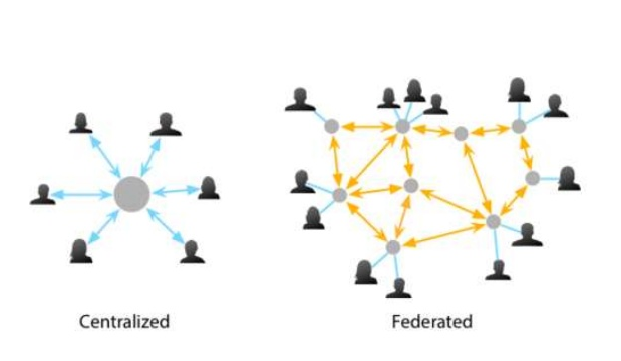
At CitizenMe we’re researching & patenting ways to create and run AI on and between devices – known as Federated Learning. We’ll share more about this as our work progresses.
Next Post: Can AI Feel? (Emotions & Humanity)
In this series of 7 blog posts, we explain what Artificial Intelligence does, why it’s so useful for us all, what we’re doing at CitizenMe – and what this means for you.
- Introduction
- What Exactly Is AI?
- Can AI Read or Hear? (Chat Bots & Voice Assistants)
- Can AI Move? (Smart Robots)
- Can AI See? (Observing the World)
- Can AI Reason? (Logical Deductions)
- Can AI Feel? (Emotions & Humanity)
As always, if you have any questions, please don’t hesitate to contacts us: hello@citizenme.com
- Posted In:
- Business blog
- Citizen blog
- Uncategorized
StJohn Deakins
StJohn founded CitizenMe with the aim to take on the biggest challenge in the Information Age: helping digital citizens gain control of their digital identity. Personal data has meaning and value to everyone, but there is an absence of digital tools to help people realise its value. With CitizenMe, StJohn aims to fix that. With a depth of experience digitising and mobilising businesses, StJohn aims for positive change in the personal information economy. Oh… and he loves liquorice.
All stories by: StJohn Deakins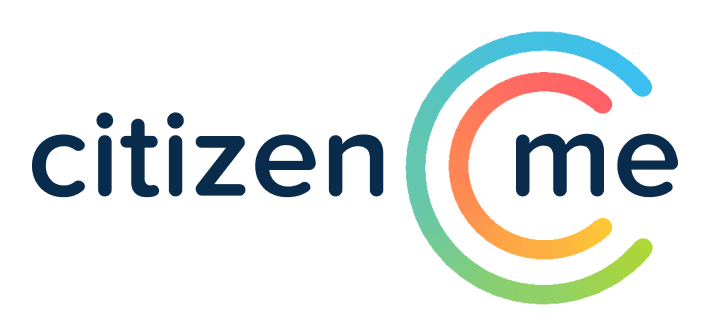



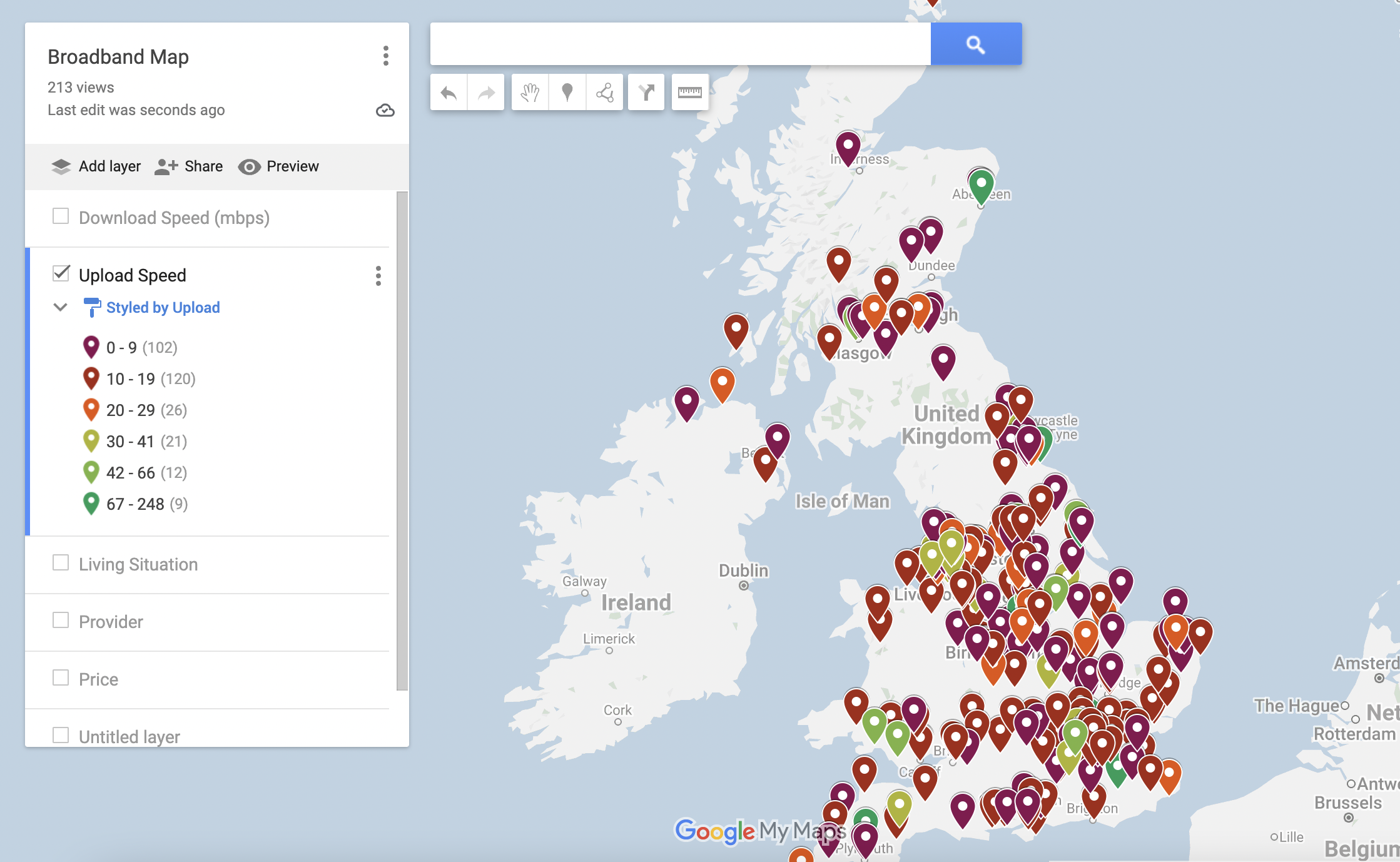
Leave a Reply